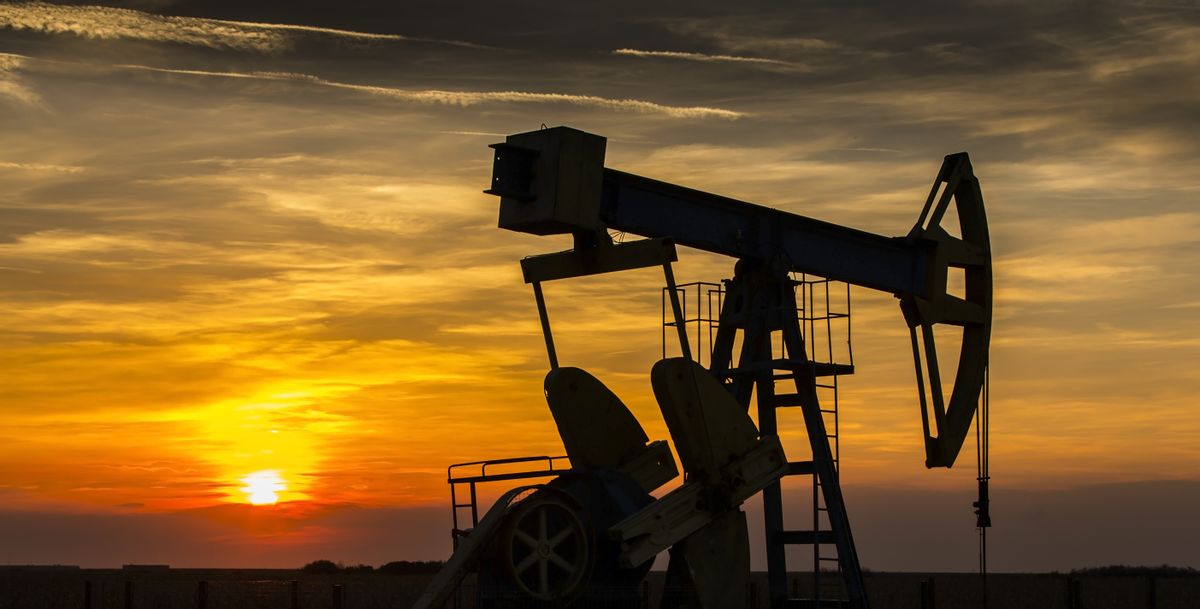Regardless of the promises for what fracking could do -- serve as a "bridge fuel" on the way to renewables, help America achieve energy dependence, etc. -- it's hard to deny what it's actually done: methane leaks, air and water pollution and earthquakes have all emerged as a consequence of our drill first, ask questions later mind-set. Gas and oil interests are drilling and fracking nearly 100 wells per day, leaving little time for them -- or anyone else -- to step back and fully account for the safety risks. CleanTechnica sums up the problem thusly: "you have far too many new wells, far too few public inspection resources, and an expectation that the industry can fill in the gaps."
Falling into those gaps are gas and oil wells identified as "high risk," meaning they're located near national forests or fragile watersheds, or are otherwise more likely than others to seriously pollute surrounding areas. In the struggle to keep up, an Associated Press investigation reveals, federal regulators are allowing four in 10 of such wells to go uninspected.
Dennis Willis, a former Bureau of Land Management field officer who now does consulting work for conservation groups, calls the situation "a disaster waiting to happen."
Here's more from the AP:
Government data obtained by the AP point to the Bureau of Land Management as so overwhelmed by a boom in hydraulic fracturing, or fracking, that it has been unable to keep up with inspections of some of the highest priority wells.
"No one would have predicted the incredible boom of drilling on federal lands, and the number of wells we've been asked to process," said the BLM's deputy director, Linda Lance.
Since fracking reached a height in 2009, about 90 percent of new wells on federal land are drilled by the process, which involves pumping huge volumes of water, sand and chemicals underground to break up gas-rich shale rock.
"The current rate of inspections is simply not acceptable to us," she said.
The agency oversees 100,000 oil and gas wells on public lands, 3,486 of which received the high priority designation.
Lance told the AP that, along with having field officers make "judgment calls to minimize the risk of potential harm to surrounding communities," the agency "is reviewing whether it needs to slow down the pace of permits to ensure public safety." Given that she's acknowledged BLM's lack of ability to keep up, it's hard to imagine why that's even a question.

Shares